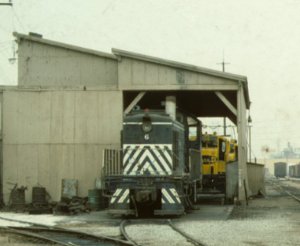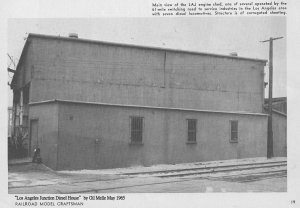logandsawman
Well-Known Member
I am shopping for an engine house for a single engine that will fit my layout for 1950 and older stuff.
Check these out and comment if you like them, or give me some other ideas:
Branchline, $98.98:

JV models, 45.98; does not include box car shed:
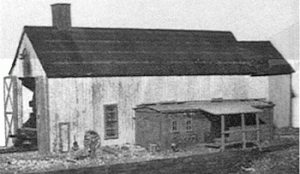
Lineside, $59.95
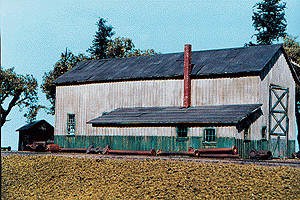
McCartney's, $39.60:
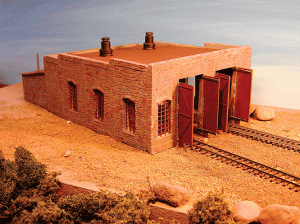
THANKS for your input!!!!! lasm
Check these out and comment if you like them, or give me some other ideas:
Branchline, $98.98:

JV models, 45.98; does not include box car shed:

Lineside, $59.95

McCartney's, $39.60:

THANKS for your input!!!!! lasm

